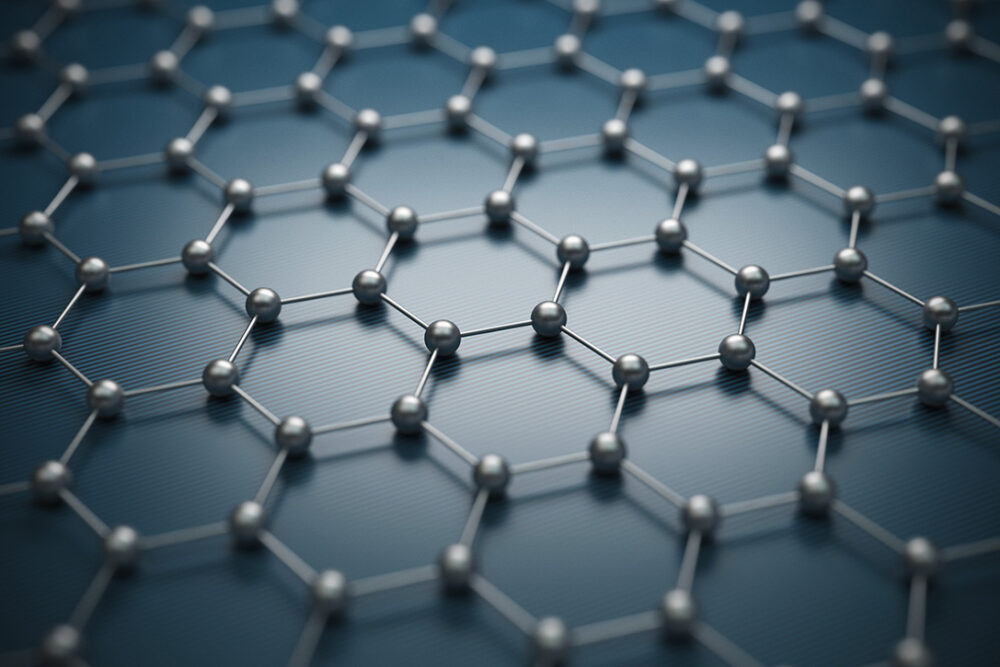In the ever-evolving landscape of materials science, the emergence of atom-thin materials has unveiled profound implications for both technological advancement and our fundamental understanding of matter. Graphene, borophene, and their contemporaries epitomize this new age of two-dimensional wonders. What sets them apart is not merely their minuscule thickness, but the remarkable properties that arise from their unique atomic architectures.
Graphene serves as the archetype among these wonders—a single layer of carbon atoms arranged in an intricate honeycomb lattice. Its electrical conductivity rivals that of copper, while its tensile strength surpasses that of steel. This duality makes graphene a cornerstone for a myriad of applications: from flexible electronics to advanced composite materials. Imagine a world where devices can be lighter, faster, and more efficient, woven with the very fabric of graphene itself.
Yet, as remarkable as graphene may be, it is but the first act in an unfolding drama of two-dimensional materials. Enter borophene, a relatively novel contender that enthralls scientists with its unconventional atomic structure. Composed primarily of boron atoms, borophene exhibits a plethora of intriguing properties distinctly absent in its carbon counterpart. This material, akin to a chameleon, can adopt a range of shapes and configurations, resulting in varying electrical conductivities and mechanical strengths depending on the synthesized form.
What makes borophene particularly exciting is its potential for high-performance applications in electronics and energy storage. Its ability to conduct electricity efficiently and its lightweight nature suggest applications in the realm of future batteries and supercapacitors, promising enhanced energy density and charge/discharge rates. The potential synergy between graphene and borophene is tantalizing—a composite material that could redefine electronic devices and energy systems, melding strength and conductivity in ways currently unimaginable.
However, the landscape of two-dimensional materials extends beyond graphene and borophene, stretching into a realm often overshadowed by these heavyweight titans. Transition metal dichalcogenides (TMDs), such as molybdenum disulfide (MoS2), further illustrate this burgeoning field. These materials form the base of a new class of semiconductors that are intrinsically two-dimensional and exhibit unique electronic and optical properties.
The allure of TMDs lies in their versatility. Depending on the number of layers, the electronic properties can shift dramatically—from semiconductors transitioning to insulators, to materials fine-tuned for specific optoelectronic applications. The modulation of their electronic states introduces a new paradigm for designing transistors, photodetectors, and even solar cells. They represent a potent blend of research intrigue and potential application, promising an evolution in the functionality of electronic components.
In addition to enhancing electronic applications, these atom-thin materials also fascinate from a theoretical perspective. The study of topological insulators, which harbor conducting states on their surfaces while being insulating in their bulk, underscores this point. Certain 2D materials exhibit topologically protected states that could pave the way for robust quantum computing architectures—a realm where conventional computing paradigms could potentially be outstripped by qubits operating under the principles of quantum mechanics.
The biological implications also warrant attention. The biocompatibility of some 2D materials opens pathways to innovative biomedical applications, such as targeted drug delivery and biosensing. Imagine nanoscale carriers that can traverse biological barriers, delivering therapeutic agents precisely where needed. This integration of nanotechnology and biology could revolutionize medical treatments, dramatically improving patient outcomes.
Nevertheless, the road to widespread application of these atom-thin materials is fraught with challenges. Synthesis methods, scalability, and integration with existing technologies present significant hurdles that must be navigated. Researchers are tirelessly exploring chemical vapor deposition and liquid-phase exfoliation techniques to produce high-quality sheets of materials while maintaining uniformity across surfaces.
The regulatory landscape also necessitates careful consideration. As the implications of these advanced materials permeate commerce and industry, the need for a comprehensive framework governing their use becomes increasingly critical. Addressing the environmental impact and ensuring sustainable practices in material sourcing and manufacturing remains an ongoing focus within the scientific community.
In conclusion, the horizon is resplendent with promise as the saga of atom-thin materials continues to unfold. Graphene and borophene stand as titans of this burgeoning domain, yet they are joined by a myriad of lesser-known but equally compelling materials pursuing a shared vision: an age defined by innovation and ingenuity at the atomic level. As researchers delve deep into the potential of these materials, the fusion of scientific inquiry and practical application heralds a new epoch—one where the very building blocks of the universe may redefine our technological and scientific landscapes. The future is, indeed, thin and filled with marvelous possibilities.












